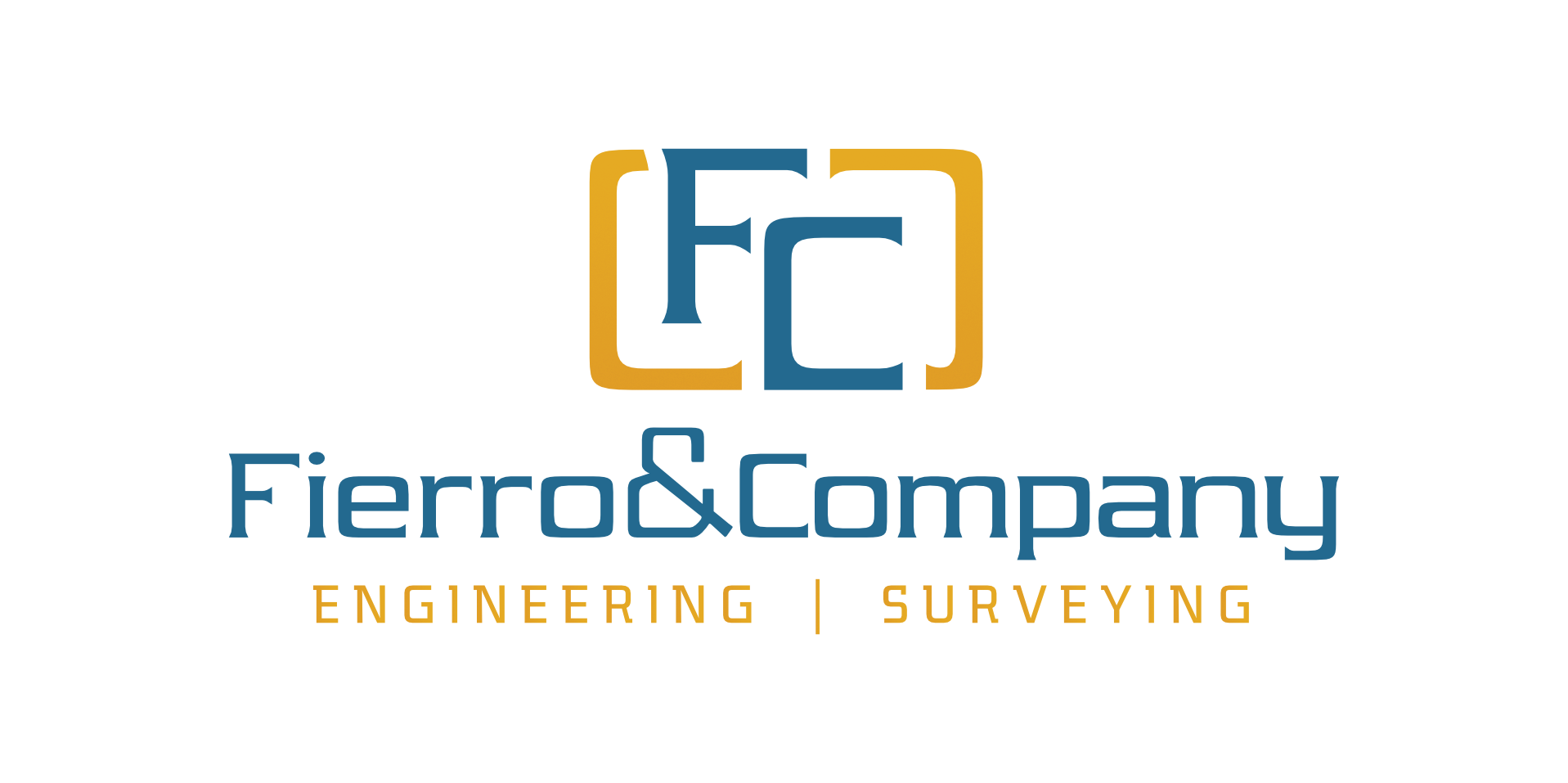Roadway Design
Roadway design is more than just laying asphalt—it’s about creating efficient, safe, and durable transportation networks. At Fierro & Company, we approach every project with meticulous attention to detail, ensuring that roadways are built to last. From analyzing traffic patterns to incorporating drainage solutions, our designs prioritize longevity and reliability.
Building your vision with
precision and innovation
Balancing Functionality and Safety
A well-designed roadway must accommodate diverse users, including motorists, cyclists, and pedestrians. Our team integrates key safety elements such as proper sight distances, pedestrian crossings, and traffic calming measures. By considering every aspect of roadway function, we help create infrastructure that enhances mobility while minimizing risks.
Innovative Solutions for Every Project
Whether designing new roads or improving existing infrastructure, Fierro & Company leverages the latest engineering practices to deliver high-quality results. We collaborate with clients to develop cost-effective solutions that meet regulatory requirements and project goals. From initial planning to final implementation, our expertise ensures that each roadway we design serves the community efficiently and effectively.
Roadway FAQs
Existing and Proposed Typical Section
The typical section provides a cross-sectional view of the roadway, showing existing conditions and proposed improvements. It includes lane configurations, pavement thickness, curb and gutter details, sidewalks, and shoulders. This helps ensure that the design meets safety and accessibility standards while optimizing roadway performance.
Roadway Details
Roadway details outline specific construction elements such as pavement markings, curb ramps, drainage features, and material specifications. These details help contractors and engineers maintain consistency, quality, and compliance with local, state, and federal standards.
Roadway Plan and Profile
The roadway plan and profile illustrate the horizontal and vertical alignment of the road. The plan view shows the layout of the road in relation to existing features, while the profile displays changes in elevation. This comprehensive approach ensures smooth transitions, proper drainage, and compliance with design standards.
Driveway Plan and Profile
Driveway designs must balance accessibility, safety, and functionality. This section outlines the alignment, width, and slope of driveways, ensuring smooth vehicle entry and exit while minimizing traffic disruptions. Compliance with ADA (Americans with Disabilities Act) and local regulations is also a key consideration.
Temporary Traffic Control
During roadway construction, maintaining safe and efficient traffic flow is essential. Temporary traffic control plans outline detours, lane closures, and signage placement to protect workers and motorists while minimizing disruptions. Proper planning helps maintain project schedules and reduces the risk of accidents.
Permanent Striping and Signing Plan
Once construction is complete, permanent striping and signage are installed to guide drivers and pedestrians. These elements are critical for roadway safety, ensuring proper lane delineation, speed regulation, and wayfinding. The design follows MUTCD (Manual on Uniform Traffic Control Devices) standards to maximize clarity and effectiveness.
With our innovative mindset, we take pride in fostering strong partnerships with our clients.
We see each project as a chance to push boundaries and explore new possibilities, guaranteeing that our construction documents reflect your vision and goals. Our team is here to support you every step of the way, from initial design concepts to the final execution, providing unparalleled expertise and a fresh perspective to elevate your project in the Albuquerque area.
